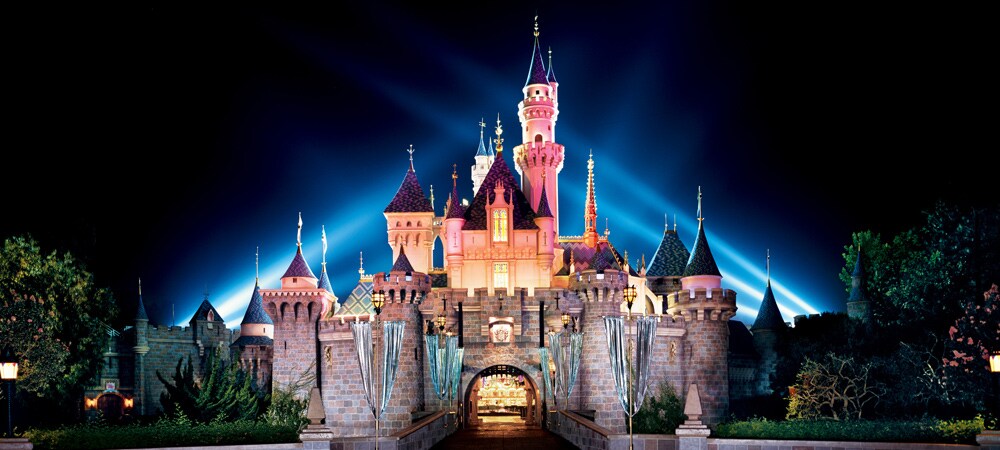"The explosion of new communications technologies and the continuing fragmentation of cultures into thousands of little cultures has forced us to view our world as simultaneously expanding and shrinking."
This sentence really stuck out to me from the Postmodernism introduction reading. This got me thinking about how technology affects the world today. Due to the expansion of technology we are able to communicate around the world and gain information about other cultures with the click of a button. This expansion is happening at the same time that face to face communication and real experiences are becoming much less. I think this is what Post-modern theorist, Jean Baudrillard, was trying to get at with "The Death of the Real."
"Disneyland is presented as imaginary in order to make us believe that the rest is real, which in fact all of Los Angeles and the America surrounding it are no longer real, but of the order of the hyperreal and of stimulation."
This sentence stuck out to me from the second reading because it really helps to deeply illustrate the points above.

Comments
Post a Comment